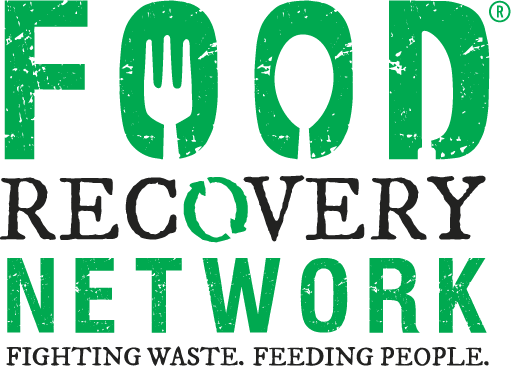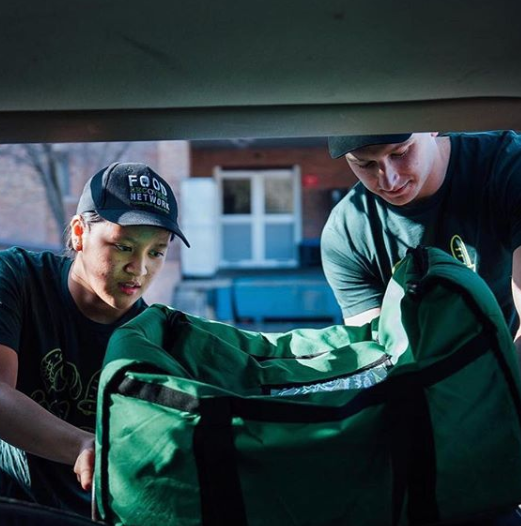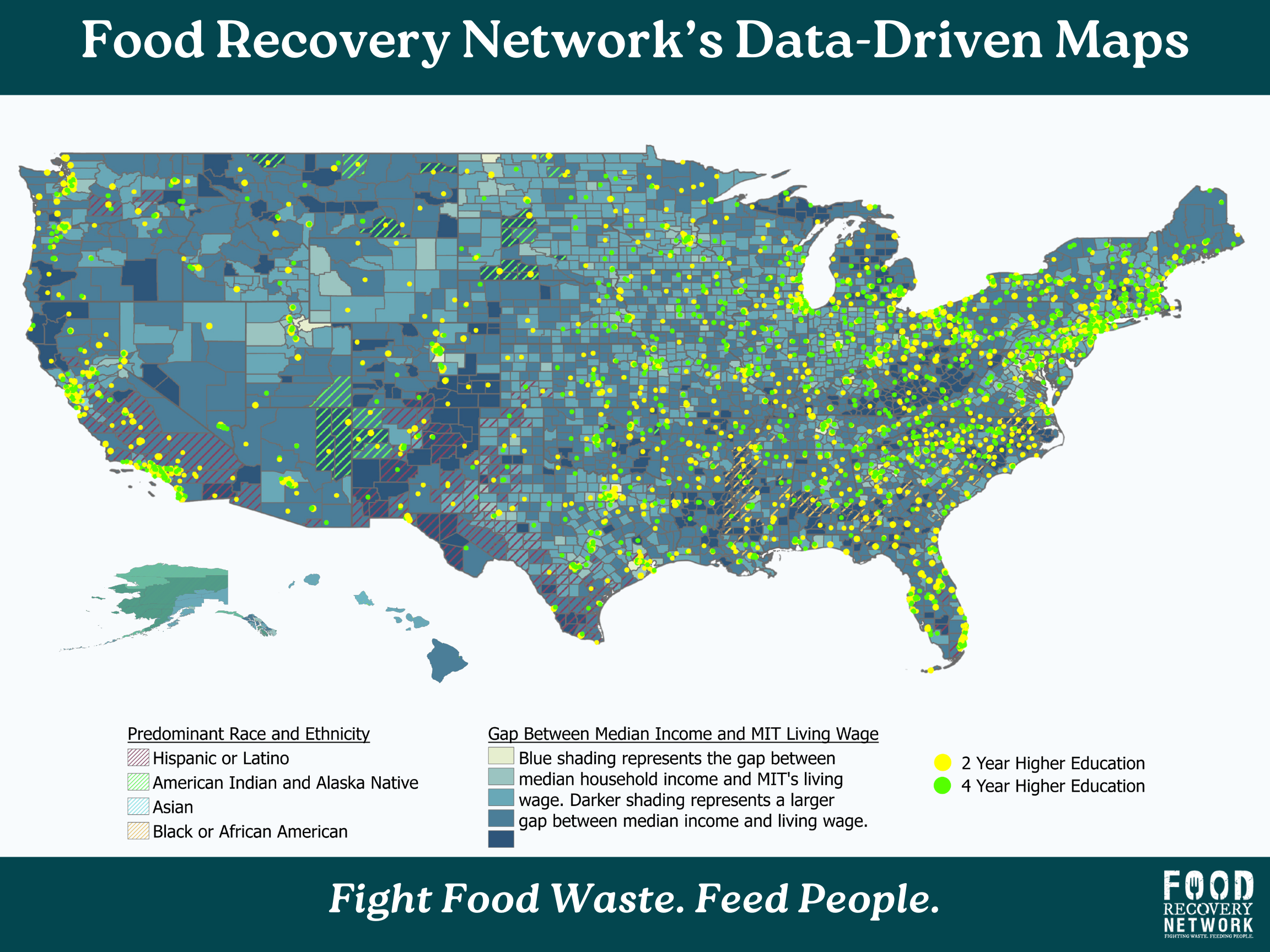I recalled to the team that my favorite memory of a tree was the two lilac trees in the backyard of my family home in Maine. And at that moment of relaying my lilac memory, I pondered outloud, “well, maybe they’re bushes and not trees? I actually don’t know.” Another illumination for me that occurred when thinking about trees! These particular lilac trees were both maybe eight feet tall, one flowered white and the other purple. Each tree had a small section taken over by what I now think to be the Eastern Tent Caterpillar, and I spent a lot of my childhood time carefully smelling the lilac flowers from other sections of the tree far away from the moths. I spent a lot of time simply looking at these moth nests fascinated by what they were doing. In relaying this memory of the trees, or maybe bushes, I was brought back to my home state, my old house, my backyard and my curiosity about what in the heck all of these hundreds of moths were doing, growing, transforming, reproducing, journeying, dying.
As a bonus, I also noted that Nina Simone, one of my favorite artists, sings a song I love called Lilac Win. I think a very strong cover of that song was done by Jeff Buckley, and that’s a nice lilac connection that makes me happy when I think of lilacs.
We conclude Earth Month, another April full of growth, transformation, reproducing, journeying, dying. And May presents itself with offerings of the same magnificence and hardships. I wanted to ask all of you to take a moment of reflection with us and let us know, what is your favorite tree, and why?










